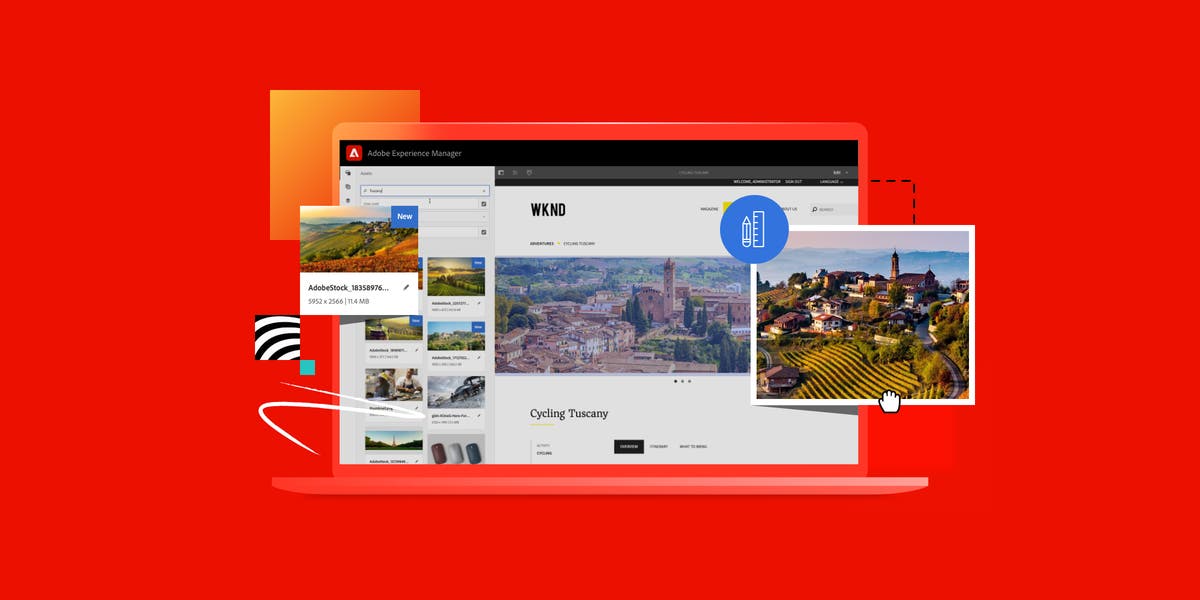In the digital age, where the internet serves as a gateway to information, services, and opportunities, accessibility in web design has become more crucial than ever. Accessibility ensures that websites are usable and navigable by all users, regardless of their abilities or limitations. By prioritizing inclusive design principles and adhering to accessibility standards, web designers can create websites that empower users of all backgrounds, abilities, and devices to access and interact with digital content. Let’s explore the importance of accessibility in web design and how it enables designers to design for all users.
1. Understanding Accessibility
Accessibility in web design refers to the practice of designing and developing websites in a way that ensures equal access and usability for all users, including those with disabilities. This includes considerations such as ensuring compatibility with screen readers for users with visual impairments, providing keyboard navigation for users with mobility impairments, and optimizing color contrast for users with low vision. By addressing these and other accessibility considerations, designers can create inclusive experiences that cater to a diverse audience.
2. Adhering to Web Content Accessibility Guidelines (WCAG)
The Web Content Accessibility Guidelines (WCAG) are a set of internationally recognized standards for web accessibility published by the World Wide Web Consortium (W3C). WCAG provides guidelines and success criteria for making web content more accessible to people with disabilities. These guidelines cover a wide range of topics, including perceivability, operability, and understandability, and are organized into four principles: perceivable, operable, understandable, and robust. By adhering to WCAG guidelines, designers can ensure that websites are accessible to users with disabilities and compliant with legal requirements.
3. Prioritizing Inclusive Design Principles
Inclusive design is an approach to design that considers the needs and preferences of all users from the outset. Rather than retrofitting accessibility features onto existing designs, inclusive design seeks to create experiences that are accessible and usable by design. This includes considerations such as providing alternative text for images, ensuring keyboard accessibility, and designing with color contrast in mind. By prioritizing inclusive design principles, designers can create websites that are accessible to everyone, regardless of their abilities or limitations.
4. Testing and Iterating for Accessibility
Testing is an essential part of ensuring accessibility in web design. Designers must conduct usability testing with users of diverse abilities to identify accessibility barriers and usability issues. This may involve using assistive technologies such as screen readers, keyboard navigation, and voice recognition software to evaluate the website’s accessibility and usability. Based on feedback and insights gathered from testing, designers can iterate and refine the design to address accessibility issues and improve the overall user experience.
5. Promoting Awareness and Advocacy
Promoting awareness and advocacy for web accessibility is crucial for driving change and fostering a culture of inclusion in the design community. Designers can advocate for accessibility by raising awareness of the importance of accessibility in web design, sharing resources and best practices, and collaborating with organizations and communities that advocate for accessibility rights. By championing accessibility initiatives and fostering collaboration, designers can help create a more inclusive and accessible digital landscape for everyone.
Conclusion: Designing for All Users
In conclusion, accessibility in web design is not just a legal requirement or a best practice; it’s a fundamental human right. By prioritizing inclusive design principles, adhering to accessibility standards such as WCAG, testing and iterating for accessibility, and promoting awareness and advocacy, designers can create websites that empower users of all abilities to access and interact with digital content. In a world where the internet serves as a gateway to information and opportunities, accessibility in web design is essential for ensuring that everyone, regardless of their abilities or limitations, can participate fully in the digital age.




